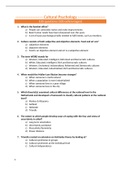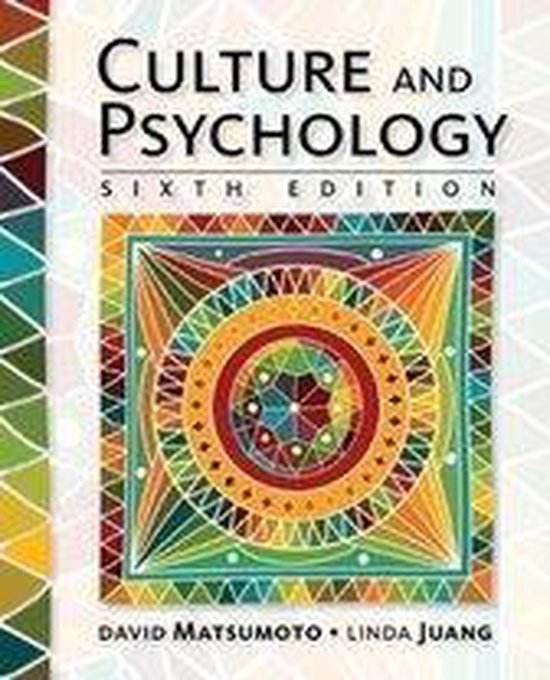Exam (elaborations)
Practice Exam Cultural Psychology - 100 QUESTIONS / Oefentamen Culturele Psychology - 100 TENTAMENVRAGEN
- Course
- Institution
- Book
This document contains 100 self-made practice questions that represent the cultural psychology exam. By practicing with this document you test whether you have learned well enough for the exam. I have read the book and followed the lectures, and composed this exam. Disclaimer: By passing this e...
[Show more]




